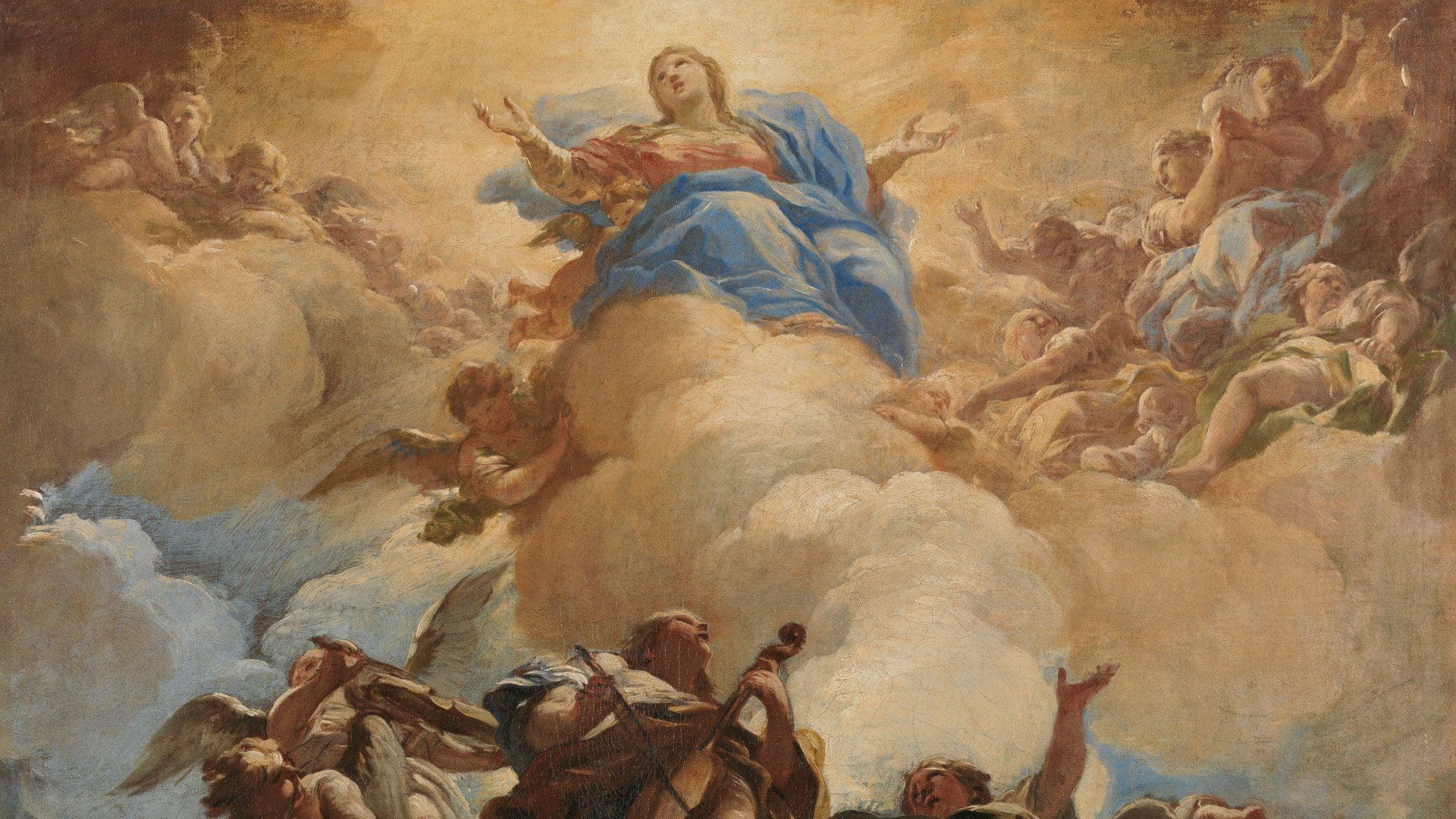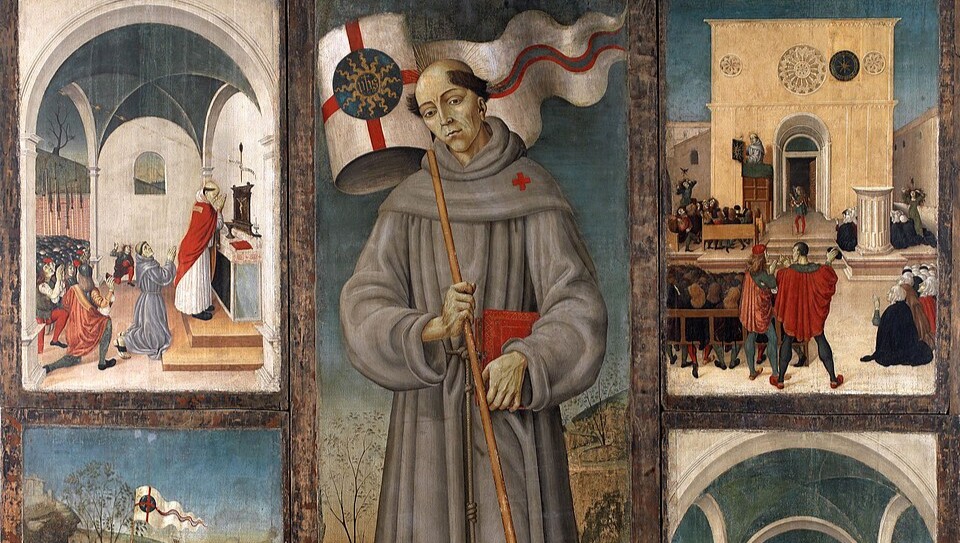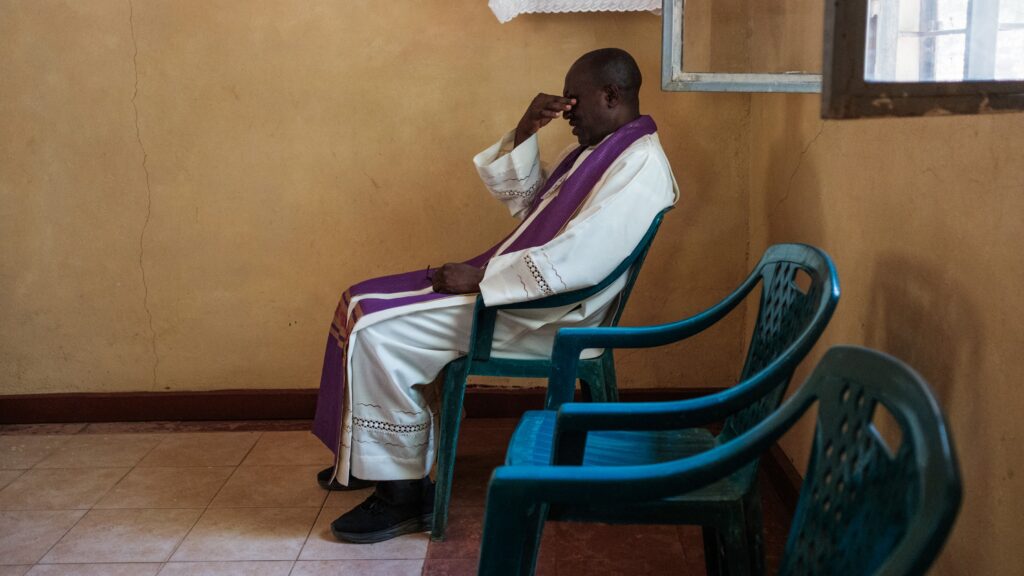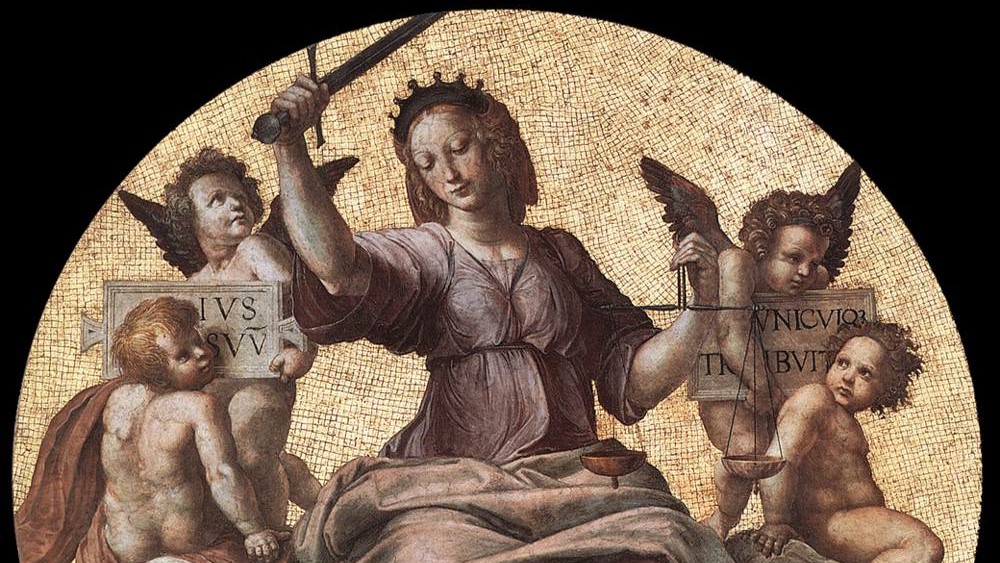The Catholic Church celebrates the feast of the Assumption on 15 August. The day is also a public holiday in many Catholic-majority European countries, including Austria, Croatia, Italy and Belgium. While this day is not a public holiday in Hungary, the Virgin Mary occupies a special place in Hungarian history and culture, and in the hearts of all Christians, whether Catholic or Protestant.
In Hungary, Mary is referred to as Boldogasszony, or Nagyboldogasszony (The Great Blessed Lady), the Hungarian equivalent of the Beata Virgo (Blessed Virgin in Latin), referring to the Virgin Mary as the patron saint of the Hungarian nation.
As Britannica explains, originally, Boldogasszony was probably one of the main deities of pagan Magyar mythology. The name was transferred to the Virgin Mary most likely on the advice of St Gerard of Csanád (Gerard Sagredo), one of the chief Christian evangelizers of Hungary, the bishop of Csanád and martyr of the Church.
It is perhaps known to many of our readers that St Stephen (Stephen I, 997–1038), offered his country to Mary as the patroness of the Hungarians (Magyarok Nagyasszonya) at the end of his reign. Legend has it that St Stephen entrusted the Hungarian state to the Mother of God, naming her as the perpetual Queen of Hungary by raising his crown in his right hand to her icon while on his deathbed, and the right hand with which he invoked the protection of the Virgin Mary has remained apparently incorrupt to our time. This hand remains in the Basilica of Saint Stephen as its chief relic and is carried around in a procession on 20 August.
Throughout Hungarian history, the country was often referred to as Mary’s realm, the Regnum Marianum. On the occasion of the Hungary’s millennial celebrations in 1896, Pope Leo XIII sent an encyclical letter to the Hungarian nation, granting permission for Hungarian Catholics to celebrate the feast of the patroness Boldogasszony.
According to Ildikó Glaser-Hille, the Virgin Mary ‘was, and still is, venerated not only by the Catholic population of the nation, but also among the Protestants. She is not only portrayed with the most holy of Hungarian relics, the Crown of St Stephen, but is constantly implored for the protection against the enemies, as well as the health and wellbeing of her people. Thus, the figure became an integral part of Hungarian national consciousness. Time and again, throughout history, her image and persona was used to define the Hungarian ethos, a national icon among the Hungarian people, regardless of their religion.’
We wish a blessed feast to all those who celebrate it!








